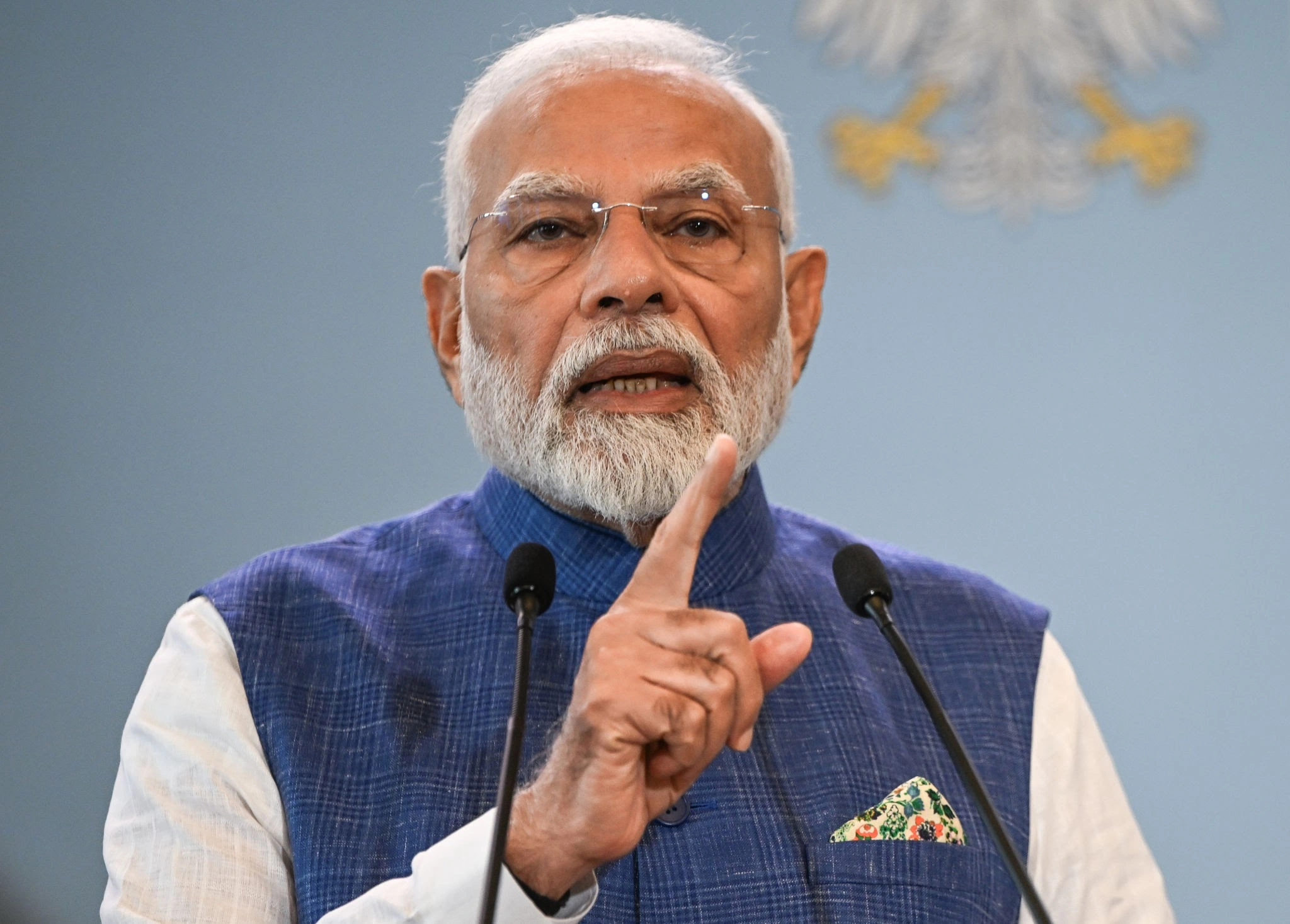Prime Minister Narendra Modi recently marked his 25th consecutive year in government, a period characterized by the Bharatiya Janata Party’s (BJP) significant electoral expansion from Gujarat to the national level. This rise has been marked by decisive electoral victories in state and national elections and a substantial increase in the party’s geographical and parliamentary footprint.
The foundation in Gujarat (2001–2014)
Narendra Modi began his journey as the head of government in Gujarat, where he served four consecutive terms as chief minister.
- 2001: Became chief minister in October to replace Keshubhai Patel amid challenging circumstances following a major earthquake.
- 2002 Assembly Elections: Won his first electoral victory, securing the Rajkot-II seat. The BJP won a comfortable majority in the state assembly.
- 2007 Assembly Elections: Led the BJP to another significant victory in Gujarat, becoming the state’s longest-serving chief minister.
- 2012 Assembly Elections: Secured a third straight term, cementing his reputation as a formidable vote-getter at the state level
Also ReadExpansion to national dominance (2014–2024)
In 2014, Modi was selected as the BJP’s prime ministerial candidate. His tenure as Prime Minister saw the BJP achieve unprecedented dominance in national elections.
- 2014 General Election: Modi led the BJP to the first single-party majority in 30 years, winning 282 seats with a 31% vote share. The National Democratic Alliance (NDA) secured 336 seats.
- 2019 General Election: The BJP surpassed its 2014 performance, winning 303 seats on its own, with a vote share of 37.36%. The NDA’s tally reached 353 seats.
- 2024 General Election: While the BJP’s seat count fell to 240, it retained power by forming a coalition government with its NDA allies, who collectively won 293 seats. This marked Modi’s third consecutive term as Prime Ministe
BJP’s growth in numbers
Beyond election victories, the BJP‘s expansion under Modi is reflected in several key metrics:
- Vote Share: The party’s national vote share surged from 18.8% in the 2009 general election to 31% in 2014 and peaked at 37.36% in 2019, before a slight dip in 2024.
- Parliamentary Strength: The BJP’s representation in the Lok Sabha increased from 116 seats in 2009 to a peak of 303 in 2019. Its strength in the Rajya Sabha also grew significantly.
- Geographical Expansion: The number of states governed by the NDA coalition expanded from just seven in 2014 to over 18 by mid-2024.
- Regional Breakthroughs: The party established a stronger presence in regions traditionally outside its influence, including the Northeast and parts of southern India.
- Economic Standing: Under Modi’s leadership, India’s nominal GDP more than doubled, and the country rose from the 10th largest economy in 2014 to the 4th largest by 2025.
- Poverty Reduction: According to NITI Aayog, nearly 25 crore people were lifted out of multidimensional poverty between 2014 and 2023.
- Political Dominance: The Indian National Congress’s failure to secure the minimum 10% of seats meant the Lok Sabha lacked an official Leader of the Opposition for two consecutive terms (2014 and 2019).


1 thought on “25 Years of Modi’s Leadership: BJP’s Unstoppable Rise from Gujarat to Delhi Explained in Numbers”